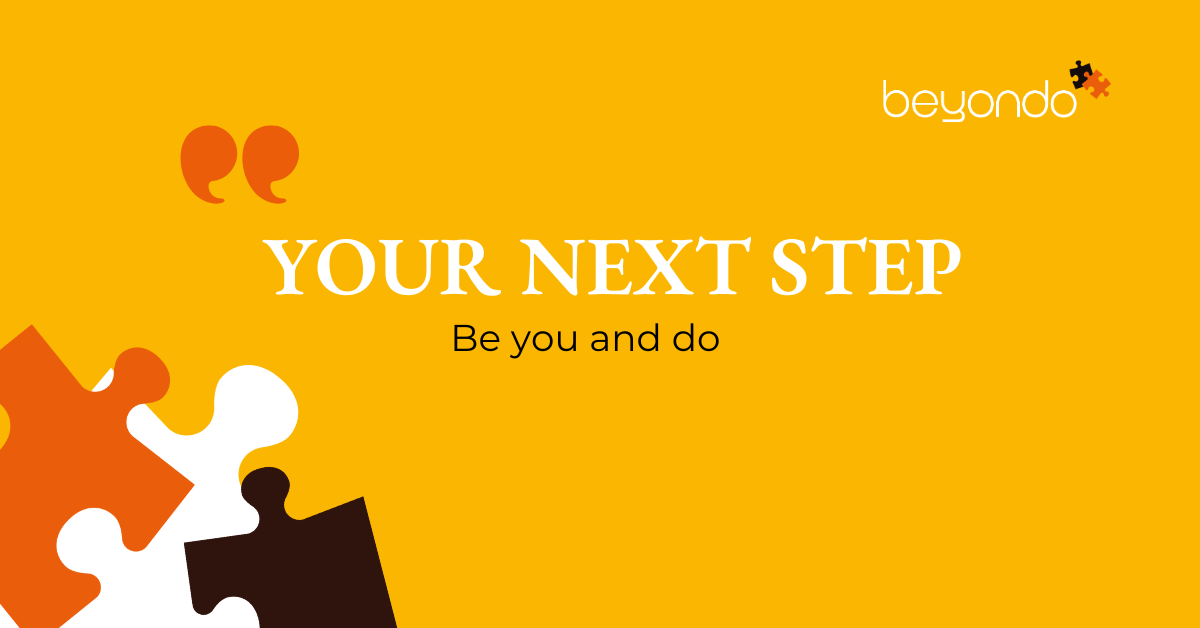Once upon a time, companies realized that diversity and equality were not just buzzwords, but a crucial ingredient for success. They set out to create goals for diversity, equality and representation, what followed was a remarkable transformation. Until they decided not to just use "buzzwords", but instead make it a reality, companies had not come that far. Even though there were many companies that used the buzzword often, who said that they were working actively with the topic, and who also often had a person responsible for the work, the steps forward were not very big. Back then, in the early 2020s, no more than about 30% of companies around the world had measurable goals for their inclusion work!
Imagine, this is despite the fact that these companies for decades had measurable goals for everything else they concerned themselves with, such as goals for reaching budgets, goals for creating sales, goals for stock returns and similar goals.
The theories today in 2050, about why there were so relatively few who had measurable goals and regular reconciliations of these goals are many.
"Several speculated that it was just out of fear, to the extent that the companies did not want to show that they had failed, or that it was because the companies had not understood at that time that it could work bottom-line in a positive way."
At first, it was a challenge to get everyone on board. Some employees were sceptical, believing that diversity goals and equality goals were just a publicity stunt. Others feared that positions based on diversity would lower the quality of candidates.
Many people in charge of recruitment at the time believed that testing was the key to, and the only beatification, for 'screening' candidates in recruitment processes.
In addition to tests, it was common to recruit friends or others from the personal network, this applied both in the various companies' management to the various other positions that were recruited for. At that time, tests rarely took place because the thesis seemed to be that the friend they had gotten along so well with at a previous job or in another relationship, so would certainly automatically be good in the new workplace as well. In this way, homogeneous employees were created where the similarities were greater than the differences, this was considered convenient in many ways but did not contribute to the development of the companies. So, there were also major challenges in changing the traditional recruitment processes of that time.
The data-driven recruitment process was new and there was scepticism there, many would rather devote themselves to the traditional selection and interviews of the time, which often had a large element of bias.
"But over time, the benefits became clear. By setting goals for diversity and equality, companies began to attract a wider range of candidates, including those who previously felt left out. The result was teams that were not only more representative of society but also more creative and innovative."
As the goals were implemented, company culture began to change. People from different backgrounds felt more included and valued, which led to greater engagement and a sense of belonging.
The company’s reputation improved, and it became known as a place that cared about including differences and where employees' skills were allowed to blossom.
Not only that, the company's financial performance also improved. Studies showed that the representation of differences in companies made those companies outperform their competitors in terms of profitability and shareholder value.
By creating diversity and equity goals, companies were able to harness the potential of their workforce and unlock new opportunities for growth. But perhaps the most important result of creating goals for diversity and equality was the impact it had on society.
By promoting representation within their own organizations, companies became advocates for change in the wider community. They used their influence to support initiatives that promoted diversity and the impact of diverse perspectives and worked to address the systemic barriers that prevent people from diverse backgrounds from succeeding.
Ultimately, the decision to create goals for diversity was a win-win for everyone. Businesses became more profitable, employees felt more valued, and society became more inclusive.
We are all different, in different respects and in different situations, that's what we know today. And above all, that different knowledge and training and abilities can be applied in various other areas. Today it goes without saying that we can be 'different' and that 'different is good'. It is precisely the difference, we have now understood, that is the key to success!
Now in 2050 - we find it hard to believe that it was actually like this then, about 30 years ago, now that companies have measurable goals.
This was a positive and entertaining chronicle of 2023 that showed that setting goals was not only the right thing to do but also the smart thing. Far too few companies have measurable goals today in 2023.
Tove Möller & Karin Björkman Tendijck
Tove Möller is a consultant and senior expert in Diversity & Inclusion with experience in assignments in the field since 2000 different companies. She has driven change work to create conditions for increased representation. Today's companies need to think about being creative and interesting in order to secure growth, to be an attractive employers, and thereby attract the skills that are necessary and in competition with other companies.
assignments in the field since 2000 different companies. She has driven change work to create conditions for increased representation. Today's companies need to think about being creative and interesting in order to secure growth, to be an attractive employers, and thereby attract the skills that are necessary and in competition with other companies.
Beyondo is a recruitment partner for all business-oriented positions, within a niche that the candidate brings international experience that has great value for companies in Sweden. Here they look at how they can help create added value in the recruitment process and find the right piece of the puzzle that an organization needs. In addition, they help international companies that want to enter the Swedish and Nordic markets and Swedish companies that want to establish themselves internationally.
Here they look at how they can help create added value in the recruitment process and find the right piece of the puzzle that an organization needs. In addition, they help international companies that want to enter the Swedish and Nordic markets and Swedish companies that want to establish themselves internationally.

-1.png)
